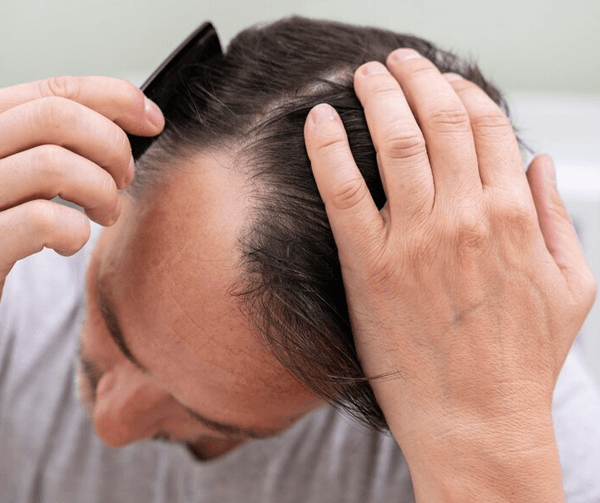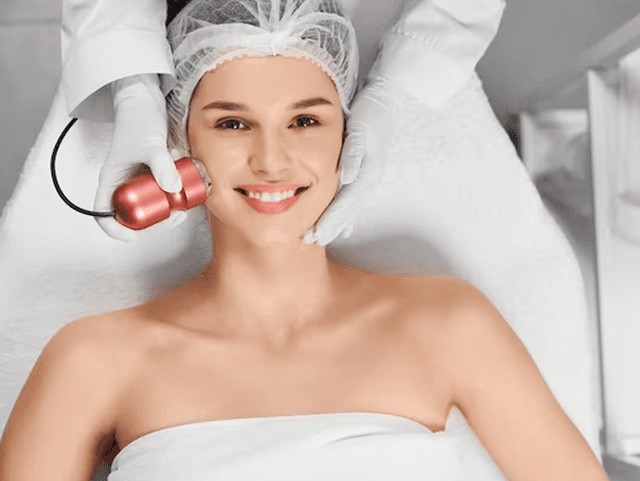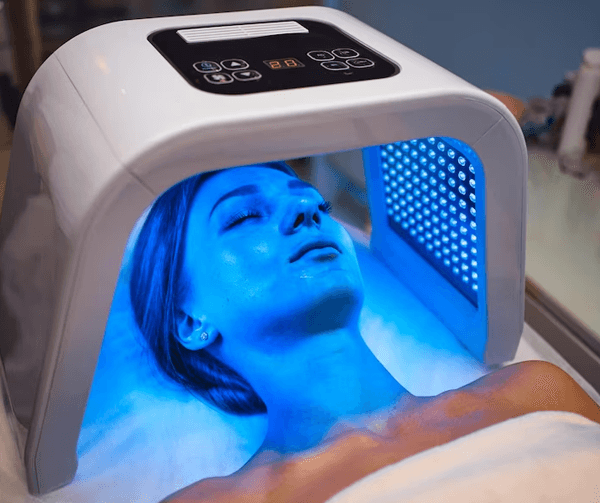Laser hair removal has become very popular in the past few years, but what a lot of people are not aware of, is the fact that lasers can actually be used for several other purposes too. For instance, laser can be used to rejuvenate skin that has been affected by age or excessive sun exposure. One of the more recent and growingly popular uses of laser is a fractional laser, which works at multiple skin levels, making it feel and look healthier.
These days, there are two types of fractional lasers – non ablative lasers and the carbon dioxide lasers. Non-ablative lasers work better on people who are under the age of 50 and have mild to moderate levels of scarring and are suffering from really fine lines. The carbon dioxide laser (ablative) works better on people who are above 50 years of age, where the wrinkles are deeper and the skin has started to sag. The same type of laser can also be used for deeper scars caused by acne or other reasons. While the carbon dioxide lasers can treat the skin at a deeper level, the treated skin will also require much more time to recover.
Then there is also something that is known as erbium fractional lasers, which are similar to the original non ablative lasers, but more modern. These can be used to:
- Improve the texture and tone of the skin
- Treat certain cases of melasma, acne scarring and even certain types of surgical scars
- Improve the fine lines and sagging around the eyes and eyelids
- Treat damage caused due to constant exposure to the sun and ageing, in the form of lines on the neck, chest, face, hands, arms, legs and even the back
- Treat precancerous lesions
There is a difference between Fraxel and Fraxel Dual:
The most popular fractional lasers are Fraxel and there is now a different version of the same too. While Fraxel is a basic non-ablative laser, Fraxel Dual can treat brown spots, problems associated with pigments and damage caused by the sun. Fraxel Dual is also a better idea when you are looking to treat larger areas, such as arms, legs, back or chest.
Fractional resurfacing works in a simple manner:
When the laser is directed towards the skin, it creates microscopic zones known as microthermal treatment zones or MTZs, deep inside the skin. When old (treated) skin is removed, it automatically triggers the body to regenerate skin and the new skin will be healthier.
It is possible to combine fractional resurfacing with other cosmetic treatments:
Absolutely – fractional resurfacing can be combined with temporary dermal fillers. However, the timing of the resurfacing needs to be planned out in advance, because in certain cases, it needs to be done before the fillers and in certain, after.
The duration of the effect of fractional resurfacing is actually in your hands:
While it might come as a surprise to many, but the duration for which the effects of a fractional resurfacing procedure will last, actually depend on the person. They need to ensure that they protect themselves from the harsh rays of the sun. If they are stepping out, they should not only apply sunscreen generously, but also wear clothes that will protect the treated parts of their body. You might also want to avoid tanning booths or artificial tans, because these could cause damage. Finally, with annual maintenance treatments, your skin will look great for a long time.
The results will start becoming obvious really soon:
In most cases, the results start to become visible within a week after the first treatment, because the skin will be smoother and have a glow to it. For people who are getting an entire series of treatments done, the full results will be visible only after the completion of the same.
There will be things that you will be asked to do before the procedure can be started:
For starters, you will be asked to come to the clinic, without any makeup and you might even be asked to remove your contact lenses. In case, you have permanent makeup, you will need to let your doctor know well in advance.
Once you reach the clinic, your face will be cleaned thoroughly, to ensure that there is no dirt or make-up on it. Before the treatment can start, a numbing gel will be applied to the skin. The gel will take around 30 to 60 minutes to take effect and after that the pain should be almost unnoticeable.
There will also be things that you will be asked to do after the procedure:
You might be asked to avoid certain types of medication, something only your doctor will be able to tell you. These medications could vary from Aspirin, Advil, Retinols, Tazorac to tetracycline. Given that there will be some amount of swelling, you might want to stock up on ice packs. Instead of abrasive skin cleaners, you should invest in some gentle skin cleansers. You might also be asked not to wax for a while and avoid exposure to the sun completely for a week or two before the treatment.







